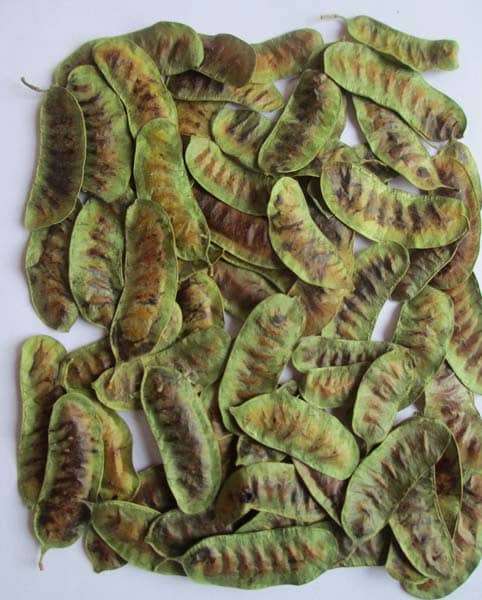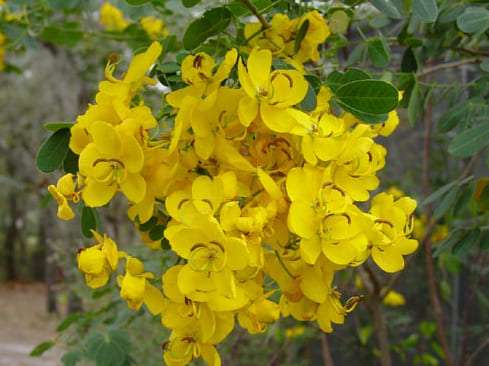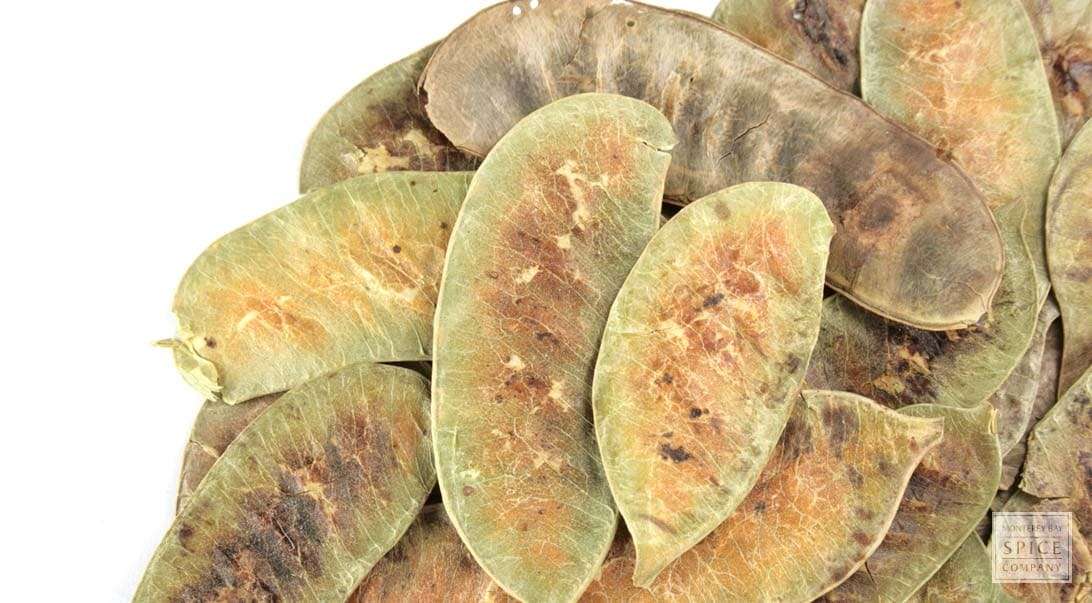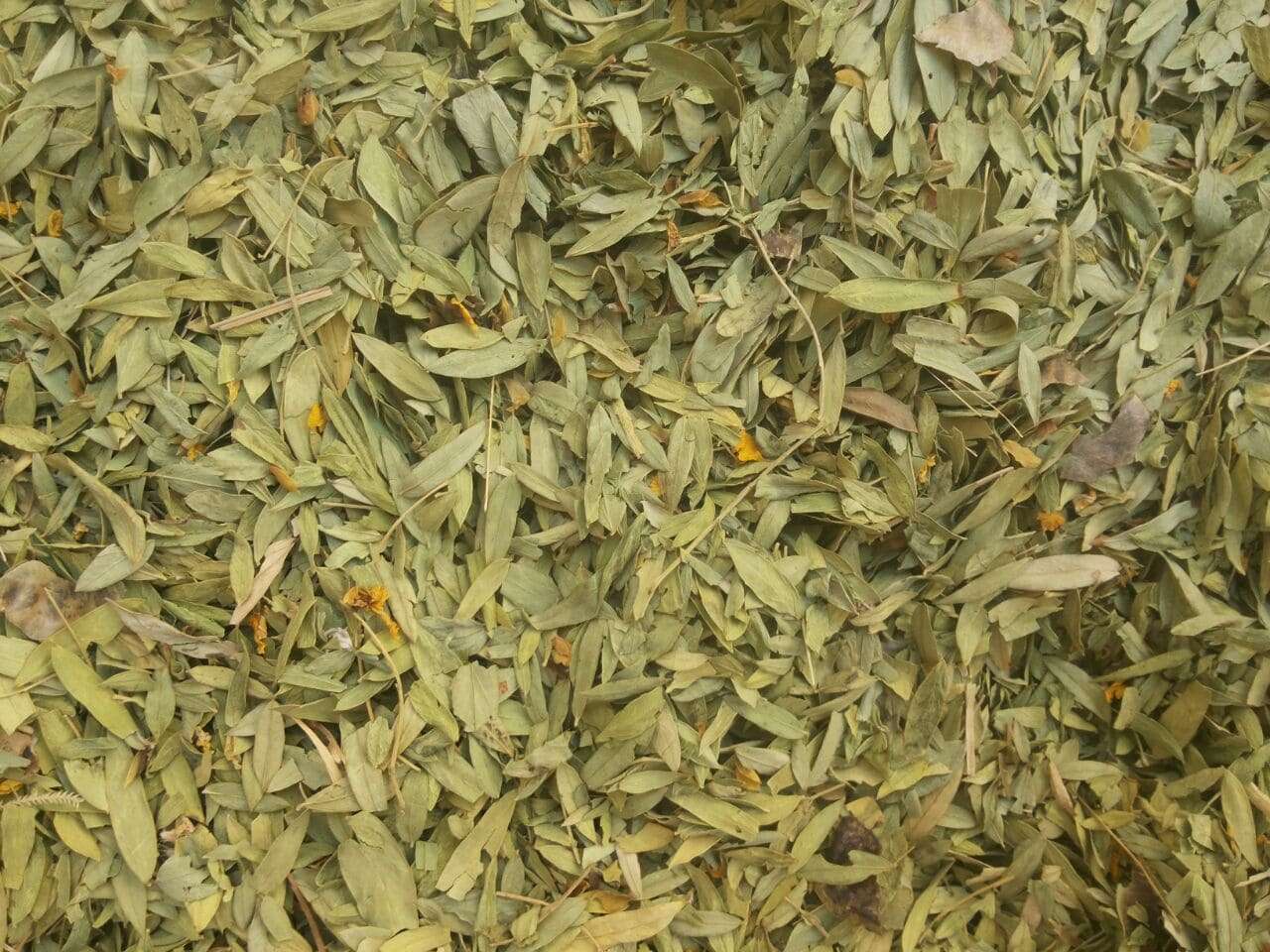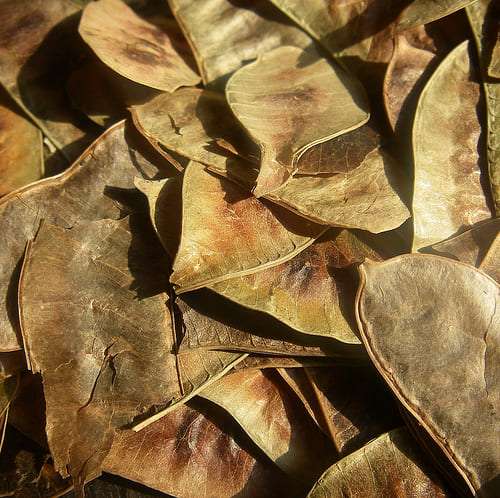senna leaves/pads/stem
An extensive number of blooming plants in the legume family are used to make Senna, a herbal medication. Senna plant extracts and teas have long been used in traditional herbal medicine as laxatives and stimulants.
Senna, which was first grown in Egypt, is now grown all over the world, notably in Somalia and India. The majority of industrial products come from the plants Cassia acutifolia and Cassia angustifolio, sometimes known as Indian senna and Alexandrian senna, respectively.
Senna is now primarily offered as a tea or over-the-counter medication for constipation, however it’s also occasionally seen in drinks and weight loss pills.
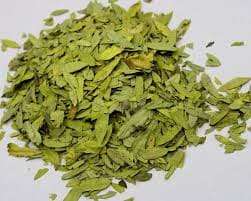
सनाय पत्ती
سينا يغادر & سنا
塞纳叶和豆荚塞纳
セナ葉&セナポッド
Senna hojas y vainas Senna
Senna-Bladeren & Senna-pads
Graines Senna
Сенна семена
Senna Senna & Hülsen
specifications
GENERIC NAME | Senna Leaves/Pads/Stem / Alexandrian senna |
BOTANICAL NAME | Cassia Angustifolia |
FAMILY | Fabaceae |
FORM | Whole, T-cut and Powder |
HARVESTING SEASON | September- November, January-March |
PART USED | Leaf, Pods, Stem |
AREA OF CULTIVATION | Rajasthan, Gujarat and southern parts of india. |
PACKAGING AND LABELLING | AS PER BUYER REQUIREMENT |
COA |
uses and benefits
Constipation. Taking senna by mouth is effective for short-term treatment of constipation. Senna is an FDA-approved nonprescription drug for adults and children ages 2 years and older.
Bowel preparation before colonoscopy. Taking senna by mouth is as effective as castor oil and bisocodyl for bowel cleansing. Some evidence suggests that senna is also at least as effective as polyethylene glycol for bowel preparation.
Diagnostic imaging. Taking senna by mouth does not appear to improve imaging of abdominal organs.
